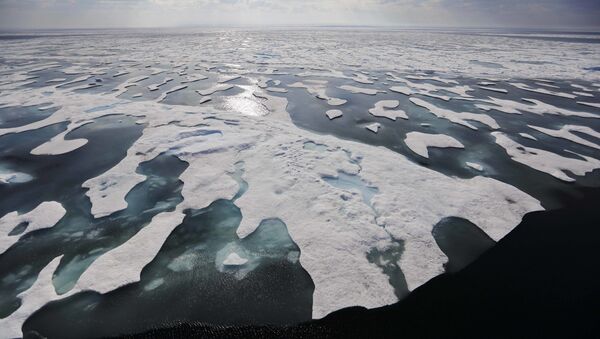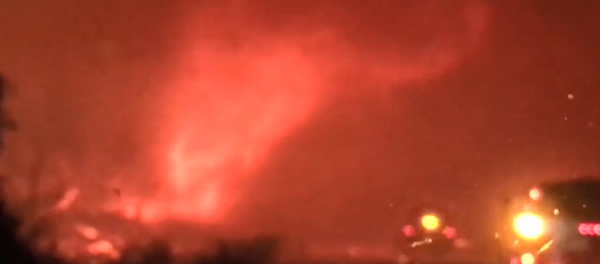As unprecedented weather conditions torment parts of the planet, a coalition of scientists have offered a stark warning this week that the world is moving toward a permanent “hothouse” state.
According to the group, who hail from universities the world over, “Hothouse earth is likely to be uncontrollable and dangerous to many.” More concerningly, the scientists who took part in the study believe that even if countries succeed in meeting their stated targets for reducing green house gas emissions (CO2), the pathway toward a global pandemic may be “irreversible.”
The researchers caution that currently the world is balancing on a climate precipice, and that if it warms to 3.6 Fahrenheit — 2 Celsius — over pre-industrial levels, it may “activate important tipping elements, raising the temperature further to activate other tipping elements in a domino-like cascade that could take the Earth system to even higher temperatures.” It is said that the planet has already warmed by 1 celsius over pre-industrial levels.
According to the paper, If indeed the planet were to enter the so-called hothouse epoch, we could see the highest global temperatures than any point over the past 1.2 million years.
Hope
Despite the doom-laden forecast, the researchers argue that there is hope for salvation, but that it will require strenuous effort on the part of the global community. This must involve, they say, rapid lifestyle changes on the part of ordinary people to become better “stewards” of plant earth. A few changes that the scientists point out as necessary include ending the practice of deforestation and the creation of more woodland areas to absorb carbon dioxide, as well as greater reliance upon “zero emissions energy sources.”
However, the specialists rather ominously caution that even with such initiatives, our earth’s climate stability is far from certain.




